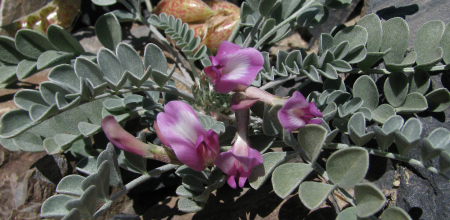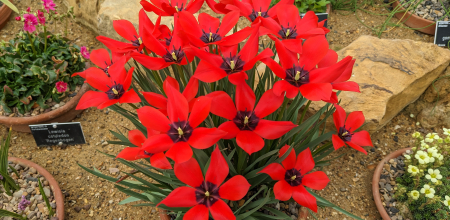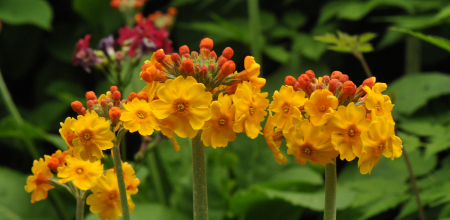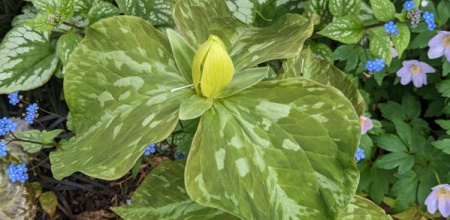Plant of the Month
Other plants of the month
-
Jan, 2026 Astragalus chamaeleuce
-
Dec, 2025 Tulipa linifolia
-
Nov, 2025 Primula bulleyana
-
Oct, 2025 Picea pungens 'St. Mary's Broom'
-
Sep, 2025 Androsace sarmentosa
-
Aug, 2025 Gentiana cachemerica
-
Jul, 2025 Minuartia laricifolia
-
Jun, 2025 Onosma cinerea
-
May, 2025 Trillium luteum
-
Apr, 2025 Narcissus bulbocodium
-
Mar, 2025 Peltoboykinia watanabei
-
Feb, 2025 Saxifraga federici-augusti
- 1 of 17
- next ›
Astragalus chamaeleuce
January 2026
Astragalus chamaeleuce is commonly called the cicada milk-vetch. It is native primarily in Utah and neighboring areas of Montana, Wyoming and Colorado, where it grows in semi-desert regions, and open juniper scrubland. Plants are generally under 15 cm, with pinnate, silvery-green leaves and nearly stemless magenta-pink flowers. Swollen bladder-like pods are an interesting feature later in the season.






